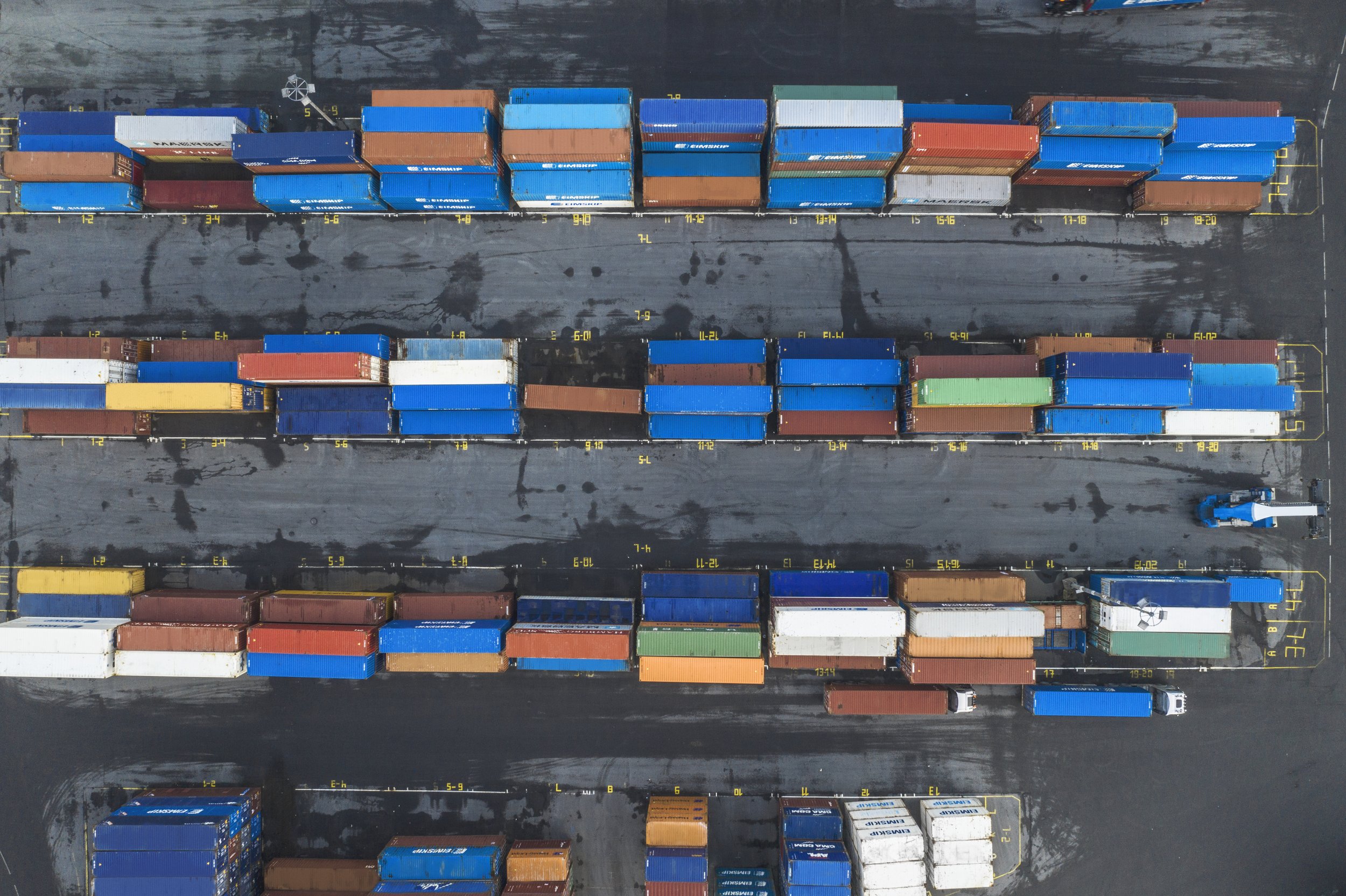
Container Grading
& Certification
CSI Group follows the strict grading scale set forth by the International Standardization Organization (ISO).
One of our main goals is to help clarify and alleviate some of the confusion surrounding container grading and certification.
When purchasing new or used containers, you will come across all sorts of “grades” and certification acronyms. These usually are: WWT, CW, IICL, CSC… making it all sound complicated and confusing, when in actuality, it is fairly simple. It is important to clearly define your needs: Do I want a container for cargo? Do I want a container for storage? How important are cosmetics?
Let’s start with main acronyms you could run into when dealing with used shipping or storage containers:
-
ISO is an international organization based in Geneva working towards harmonizing worldwide technical standards; including those governing the construction of shipping containers.
-
Established in 1972, the CSC was created to promote and maintain a high level of safety of human life in the transport and handling of containers by providing generally acceptable test procedures and related strength requirements. This has helped facilitate the international transport of containers by providing uniform international safety regulations.
-
Institute of International Container Lessors is an organization which groups the largest container and chassis leasing companies worldwide. The IICL sets repair standards, by which all repairs are carried out, for its members when containers are off hired. IICL is the strictest criterion out there for used containers.
-
Criterion under which a used shipping container is deemed suitable for the transport of cargo under TIR / UIC / CSC and meets all the standards laid out in its original specification. The cargo worthy (CW) standard generally implies that the container has a valid CSC plate. Cargo Worthiness can be certified by a third-party container surveyor pursuant to a physical inspection of the used shipping container.
-
A criterion under which containers are literally “wind and water tight”. In short, if you lock yourself inside the container, you should not see any light coming through the panels or roof. It should be noted that this criterion however makes no reference to the quality of the understructure. A WWT container should therefore not be considered safe for the transport of cargo; unless it is explicitly confirmed it meets the CSC. WWT is commonly used to describe and qualify used storage containers. WWT + CSC = CW
Here is a standard criteria for how containers are most commonly graded:
-
New
General appearance: very good
Dents & Scratches: none
Superficial rusing: none
Understructure: very good
Valid CSC: yes
Meets ISO: yes
Suitability: transport/storage
-
One Trip (1-trip, 1-T)
General appearance: very good/good
Dents & Scratches: minor
Superficial rusing: none/minor
Understructure: good
Valid CSC: yes
Meets ISO: yes
Suitability: transport/storage
-
CW (Cargoworthy)
General appearance: good/mediocre
Dents & Scratches: medium
Superficial rusing: medium
Understructure: good
Valid CSC: yes
Meets ISO: yes
Suitability: transport/storage
-
WWT (Wind & Water Tight)
General appearance: mediocre
Dents & Scratches: medium/heavy
Superficial rusing: medium/heavy
Understructure: N/A
Valid CSC: no
Meets ISO: possibly
Suitability: storage
